Gardening demands your attention all year round, especially since there is always something that needs to be taken care of with a change in seasons. The arrival of spring, however, means preparing the lawn for seeding in the fall, and the process of preparing the soil for planting involves quite a lot of steps. Want to prepare your front lawn for spring with ease?
Well, stick with us as we take you through every step to help you keep your lawn green and healthy for the coming months.
Clean the Premises
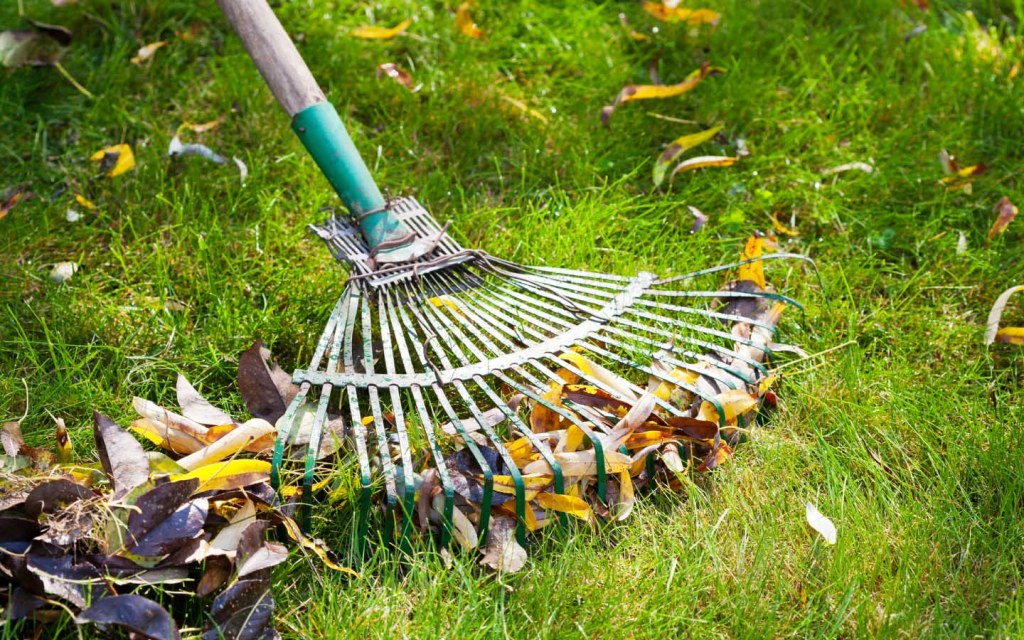
First off, clear away debris, fallen leaves, broken branches, and other things that have collected in your yard during the winter months. This needs to be done manually or with a fan rake, as the leaves and debris will get stuck in your ordinary garden rake.
Trim the Trees and Bushes
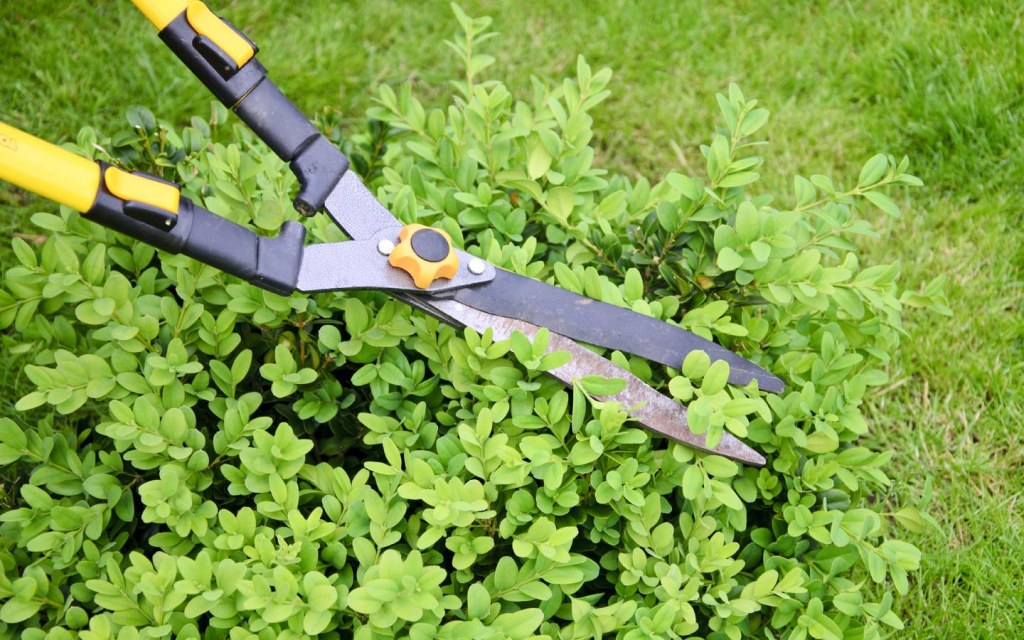
While you are cleaning up the yard, it is a good idea to trim down and cut off any stray branches or leaves from the bushes and trees in your yard. Doing this now will ensure that all of the debris that is left behind from the trimming will be cleared away before you prepare your front lawn for spring.
You may also want to take a look at our guide on how to avoid the most common gardening mistakes.
Rake to Wake
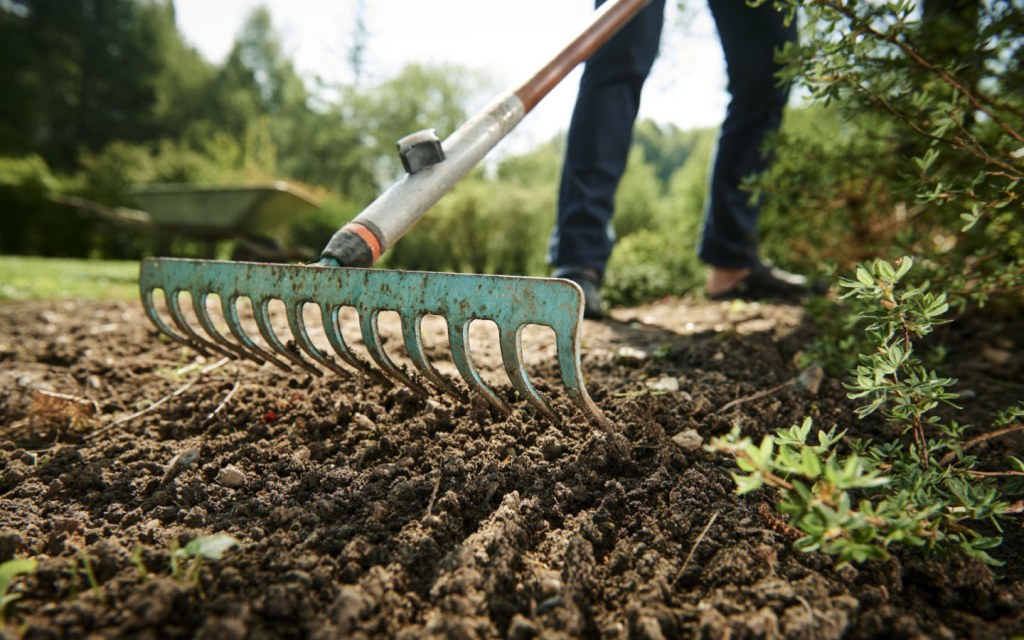
Yes, that’s right. While you rake the grass, you’ll actually be waking it up after its slumber in the winter. Rake the entire section of the yard you want to cultivate, especially the patches of dry grass or thatch stuck to the ground. You might have to rake deeply if the thatch is spread over a large area and in greater depth.
Let It Breathe
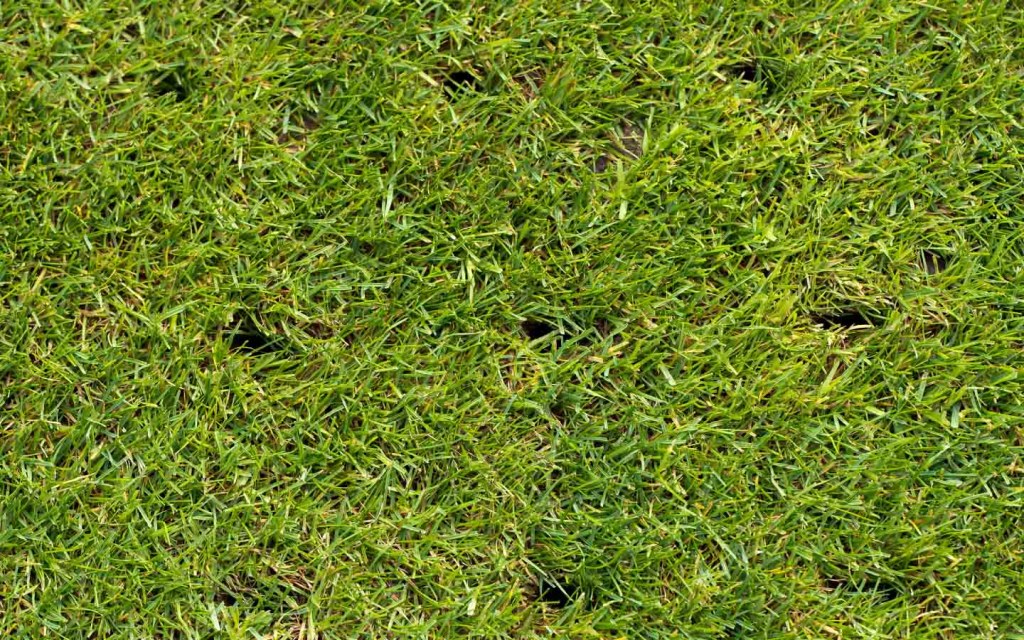
Patches of lawns that see a lot of foot traffic become compacted, resulting in reduced levels of air within the soil. Compaction can lead to poor growth of plants later on and should be fixed before moving forward. This is especially important if you didn’t aerate the lawn as you should have, during the last fall season.
During aeration, patches of soil are pulled up and out of the ground to give the soil some space to breathe. This allows the roots to get fresh air directly. You can do this step manually or with the help of aerators.
Treat the Weeds
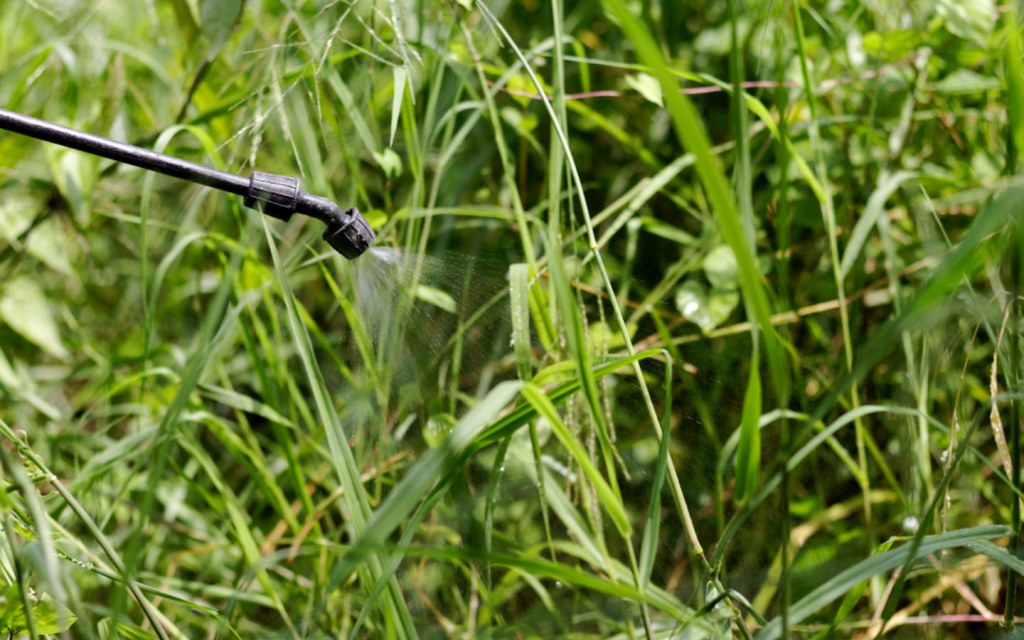
There are two types of weed killers, those that are applied before the weeds sprout and those that are sprayed after the weeds have surfaced. Ideally, you’ll need to use both, but first comes the pre-emergent weed killer that will be applied to your newly raked and aerated soil to prevent weeds from breeding.
Later on in the season, if you see weeds growing around your yard, you can spray post-emergent weed killers on them to prevent them from spreading all over the garden and ruining the health and appearance of your lawn. You can also pull out the weeds manually if you want to keep your lawn chemical-free.
Fertilise the Yard
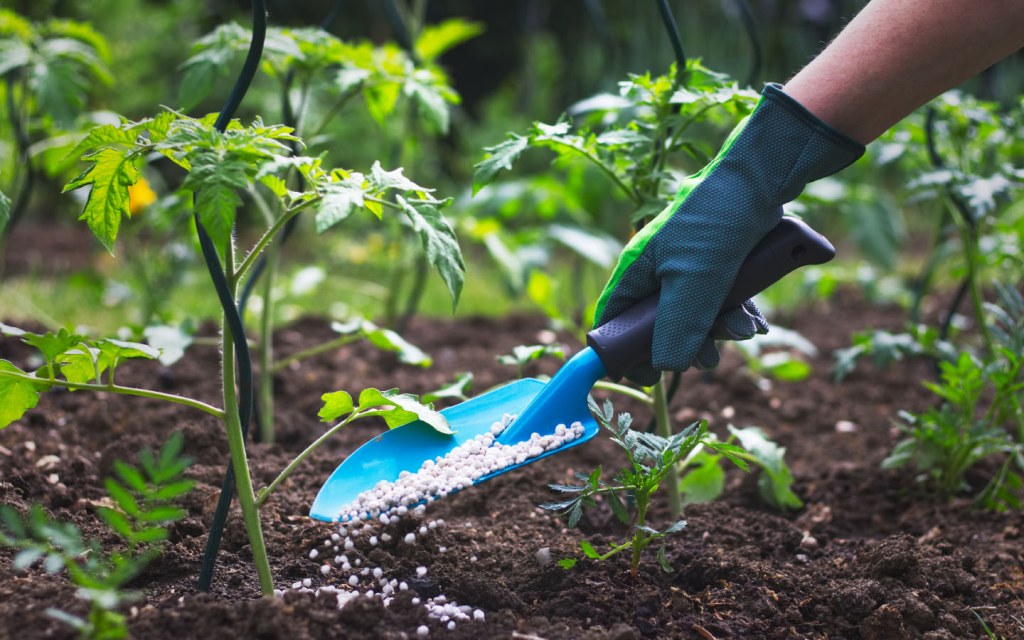
Fertilisers can be organic as well as chemical-based. Compost and mulch can work as natural fertilisers for your soil, but if you want to go with chemicals, a range of them can be found in shops selling gardening supplies. However, the timing of applying fertiliser to your garden needs to be right. If you do it too early, you will promote the growth of the weeds. It is best to give the weed killers some time to react with the soil before you apply fertiliser to the prepared soil.
Plant the Seeds
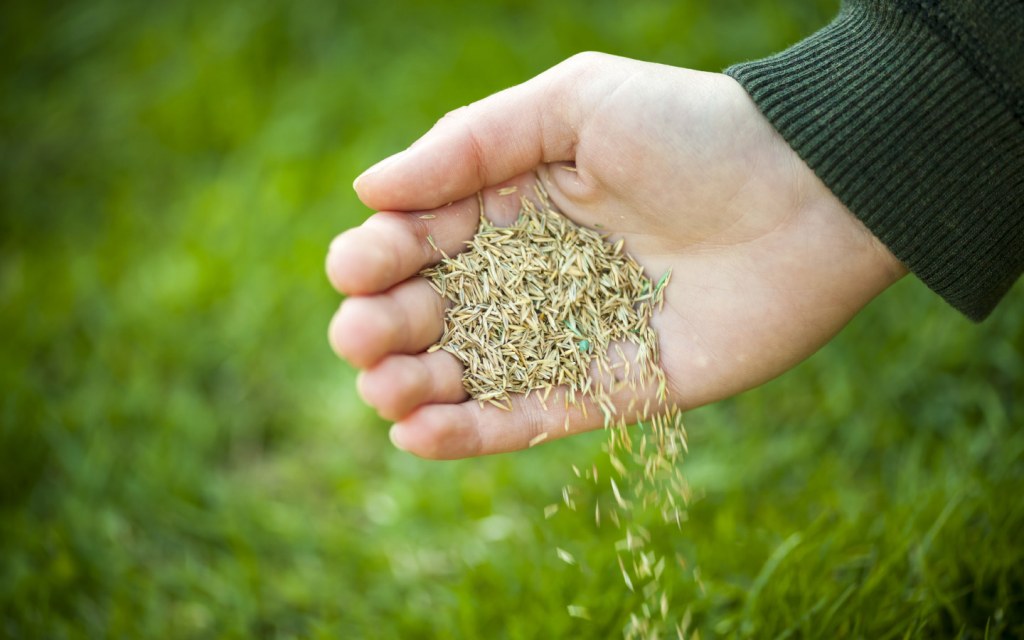
After raking and applying fertilisers and weed killers to prepare your front lawn for spring, you might be tempted to seed the garden immediately. However, it is not recommended at all. This is because every chemical you apply will take its time to dissolve into the soil and work its magic. Plus, the best time to plant grass is in the fall season, so while you might hate to see the brown and bare patches of grass, you will have to wait for the seeding season to begin.
Once you’re in the latter part of spring/summer, start planting your seeds and apply a quick-acting fertiliser to boost the growth of your lawn. With regular watering and weeding, you should be good to go.
On a side note, please take a look at our list of drought-resistant plants that you can add to your beloved garden.
Check Your Mower
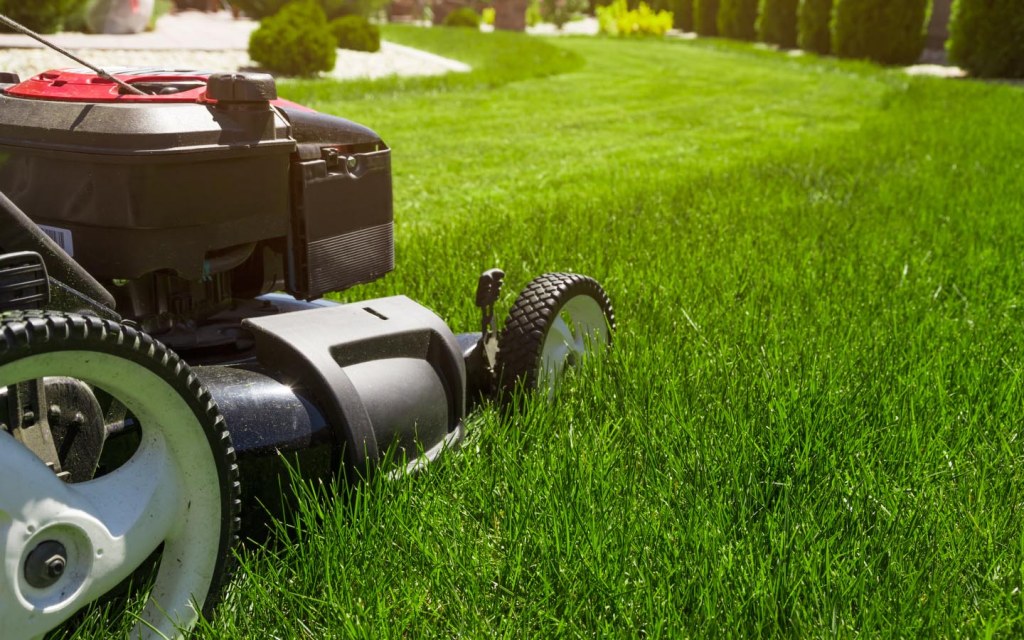
While you can use shears and cutters to maintain the grass at an appropriate length, consider investing in a lawnmower if you don’t have one already. If you’re buying a new one, you will have nothing to worry about, but if you’re about to use the one you already have, it might be best to start it up before you need to use it in the yard.
The reason for this is simple. The mower hasn’t been used all winter, and the machinery might be out of tune or rusty. Make sure to power up the lawnmower and check whether it is working perfectly as soon as the grass is long enough.
The above-given tips will help you prepare your front lawn for spring in the right manner and ensure that you enjoy a green lawn all year round. You can also bring spring indoors by making small changes to your interior décor to complement your gardening efforts.
These tips are not a one-time effort though. You will have to follow these every year in the early springtime to keep your lawn healthy and green. Happy Gardening!
To learn more about how to add curb appeal to your home, please make sure to check out Zameen Blog. You can also share your comments and feedback with us at blog@zameen.com. Last but not least, don’t forget to like our Facebook page.



